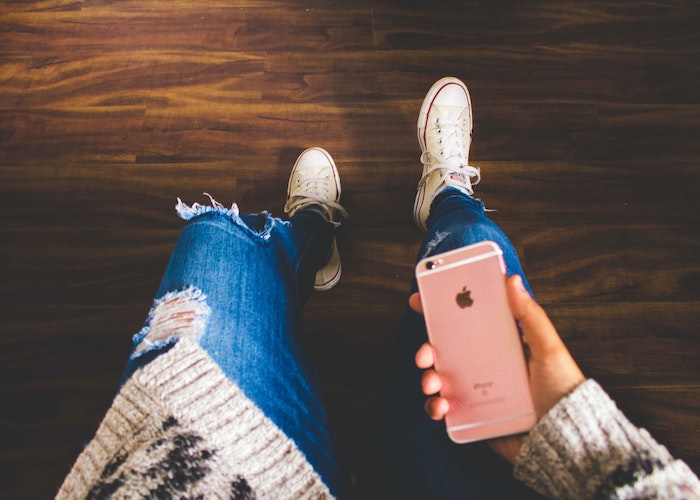5 Cost-Effective Ways To Be Better At Conscious Consumption

We’ve all been there. You walk into your favorite store, the one with the amazing branding and the conveniently set-up dollar bins, and somehow walk out with $100 worth of stuff when you just went in for conditioner. (Or is that just me?) I have accumulated stuff over the years that’s now sitting in drawers and boxes and cluttering up my closet, and I have no idea how or why it got there.
Since taking a closer look at my finances and being more aware of my purchases, I was embarrassed by the number of foods from the grocery store that went uneaten, and scented candles gone unlit. I’m not against candles — I love candles! But I’m starting to realize that I don’t need every single scent, just because they’re each only $3.
I also care about the story of my purchases. Where did it come from, how did it get here, and is it beneficial for the future if I buy it? It’s a common trait in millennials; we want to be good stewards of the earth’s resources, and ethical to people around the world. It’s transformed the way I look at shopping. So now, I pay attention to what I buy.
It didn’t start out so well. Thinking about my purchases looked more like just staring at the bottle of wine a little harder as I put it in my cart. But I’ve developed five habits that make me more confident that what I’m consuming is good for me, and good for the rest of the world.
1. Reduce, Reuse, and Recycle
We’ve all heard the phrase before. But did you ever think there’s a reason they’re put in that order? Recycling gets a lot of hype, but priority number one is actually to reduce as much of our consumption as possible. Priority number two is to reuse what you already have, and for as long as you can. I’m not talking kids crafts with leftover egg cartons; I mean repurposing and upcycling. Then, as a last resort, recycle whatever’s left.
2. Buy Secondhand
I’m known for being a big proponent for gently used fashion, but my love for all things secondhand goes far beyond what I wear. Buying secondhand cars, home décor, and furniture can not only save you money, but also reduce the quantity of items that have to be made to keep up with demand.
My logic is most definitely flawed, but regardless, I think of it like this: even if that Forever 21 top was made under terrible circumstances, buying it secondhand instead of new saves someone from having to produce one more top. It gives me more freedom in the thrift stores, and my favorite online consignment shops, like ThredUp.
3. Shop Local
I live in a city where local is a way of life. Big box stores and restaurants can’t touch our downtown, because the city is committed to shopping at independent businesses. And for produce, the Saturday Morning Market is always packed. Buying local means you can help more people without spending more money. Each dollar you spend returns three times more money into the local economy than one spent at a chain, and almost 50 more than one at an online mega-retailer.
Pro tip: Be cautious at farmer’s markets to make sure the produce is actually local. Big agriculture farms will often outsource to dealers, meaning you’ll buy from a third party vs. an actual local farm.
4. Buy Quality
Ask yourself: How long will this last? Will I still want to wear it in three years? A classic shirt that costs $35 but will last you twice as long as a $19.99 fast fashion shirt is actually a better deal. Things that can break easily, or that you know you replace often, are worth the extra money for better quality.
5. Minimize Waste
I’m bringin’ it full circle for this last one, just to emphasize: use less, waste less. This trick not only saves your money from thoughtless buys, but is the easiest way to be better to the environment. After all, you don’t have to think about the quality and source of your purchase if you just don’t purchase it.
Don’t feel overwhelmed by all the steps you need to take and money you need to spend to become the ultimate conscious consumer. Make small changes day-to-day, and you’ll see that the more you ask yourself these questions, the more they’ll become a way of life. And your wallet and the earth will thank you.
Jen writes about her and her husband’s journey to pay off $86,000 of debt in less than 2 years on her website, Saving with Spunk. Follow her on Twitter here!
Image via Unsplash




